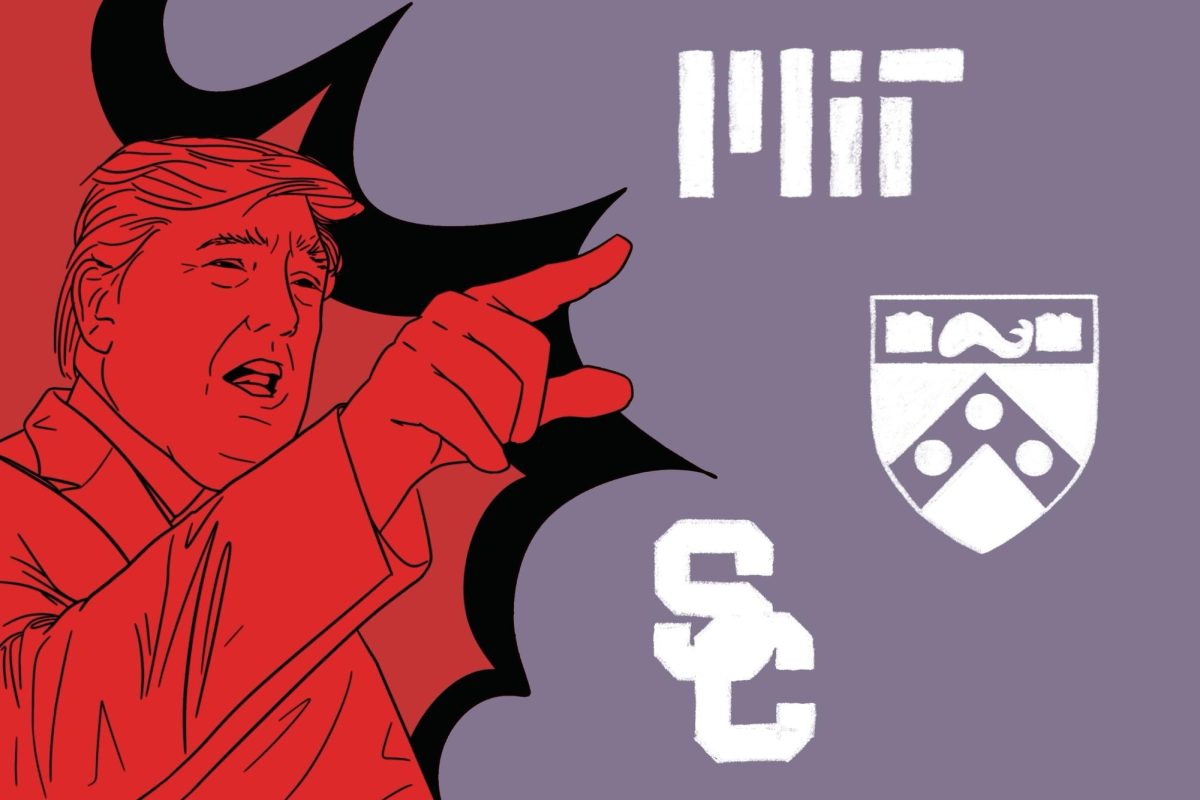Enshittification, the American Dialect Society’s word of the year for 2023, refers to “a gradual worsening in the quality of service on digital platforms.” It’s perhaps a lesser-known word, but is intuitively understood by all who hear it. We all remember when Amazon Prime’s premium membership didn’t come with ads just a short year ago; when Disney+ wasn’t inundated with programming from Hulu; when you could use Netflix outside of your home without sending four different confirmatory DNA markers to prove you’re not password-stealing.
As more people acquiesced to the convenience of staying home during the pandemic — by eating their own food and relaxing on their own unstained furniture — it became harder to convince them to pay high prices and go to theaters. Two-thirds of adults living in the United States report that they prefer to wait and stream movies, rather than watch them in theaters. This is the result of systematic changes the movie industry has made to appeal to an increasingly lazy and demanding audience — one conditioned by the proliferation of convenient, expensive streaming services.
Spin-offs, limited series and video games produced by and available on subscription-based services repeatedly change in response to licensing deals and audience demands. Companies like Netflix, Disney, Amazon, Warner Bros. Discovery and more have created expansive troves of digital content to differing levels of success, each available for steadily rising recurring fees.
In order to stay profitable and relevant, streaming services must find new ways to monetize simple monthly subscriptions. Some methods, like password-sharing protections, force geographically-separated families to each pay for the same subscription. The most recent fad seems to be tiered subscription models offering exclusive features like higher-definition streaming and fewer ads. Did I mention you could pay more to get rid of ads? The more subscription options a company provides, the more likely consumers are to buy one to avoid sitting through longer ads.
The real draw of these services, at least in the eyes of the companies, is in their original content. Thanks to the precedent established by Netflix, these companies spend boatloads of money to produce original streaming content. These projects often cost multiple millions of dollars per installment and usually fail to make a real cultural impact.
Disney+ is particularly known for their big-budget shows being met with rather tepid acclaim. “The Acolyte,” “Secret Invasion” and “Willow” are three of the platform’s most notorious streaming failures, widely criticized by fans. “Willow” was taken off the platform completely as part of a tax write-down, making it entirely inaccessible unless you manage to find a pirated copy somewhere. These projects are exorbitantly expensive, pushed out to pad the amount of original content on Disney’s platform and encourage more subscriptions. It seems clear that the state of original content today has certainly fallen from the days of “BoJack Horseman” and “Stranger Things.”
The ludicrous costs often associated with these projects mean that there is no measure of success that could justify expenses. Thus, they’re unceremoniously canceled and swept under the rug by their financiers. This culture of expendable entertainment results in no loyalty from brands to the writers, actors and animators who produce their work — turning months of work into a round of unceremonious firings to clean house after the failure.
Consumers have become accustomed to having the content they watch in their home, whenever they want. Having everything available to us has only made us eager for more. As such, we insist on staying home — on letting these monumental efforts of collaboration fail in theaters so they can make it to our fingertips faster. Companies, seeking to protect their bottom line, accommodate consumers’ nearsighted desires with fervor, pushing forth new shows based on half-baked concepts, spin-offs of semi-successful past projects or anything else they can do to scrape up every last dollar they can. Then, when subscribers stop coming to their service en masse, they begin looking for new ways to squeeze their existing client base.
Buying into one of these premium tiers, or paying to add another user to an account, means incentivizing companies to continue raising subscription prices and inventing exclusive services in the only language they really speak — money. By all means, watch whatever you want, but just remember whose bottom line you’re protecting when buying into these services.
Off-Topic is a column dedicated to the inexplicably strong opinions held by NYU students that have nothing to do with the university. WSN’s Opinion section strives to publish ideas worth discussing. The views presented in the Opinion section are solely the views of the writer.
Contact Noah Zaldivar at [email protected].


























































































































































